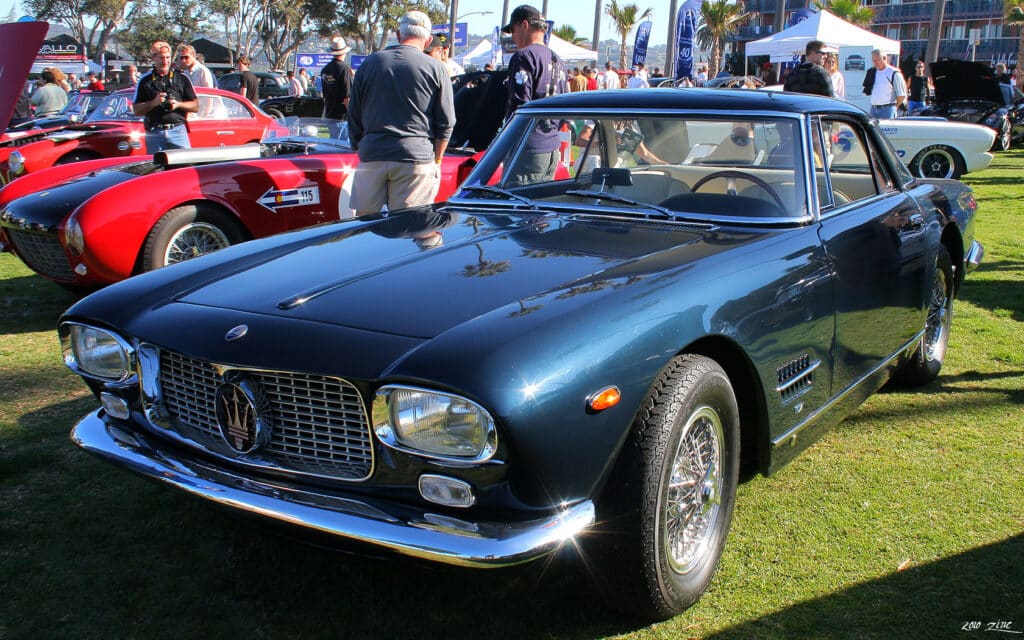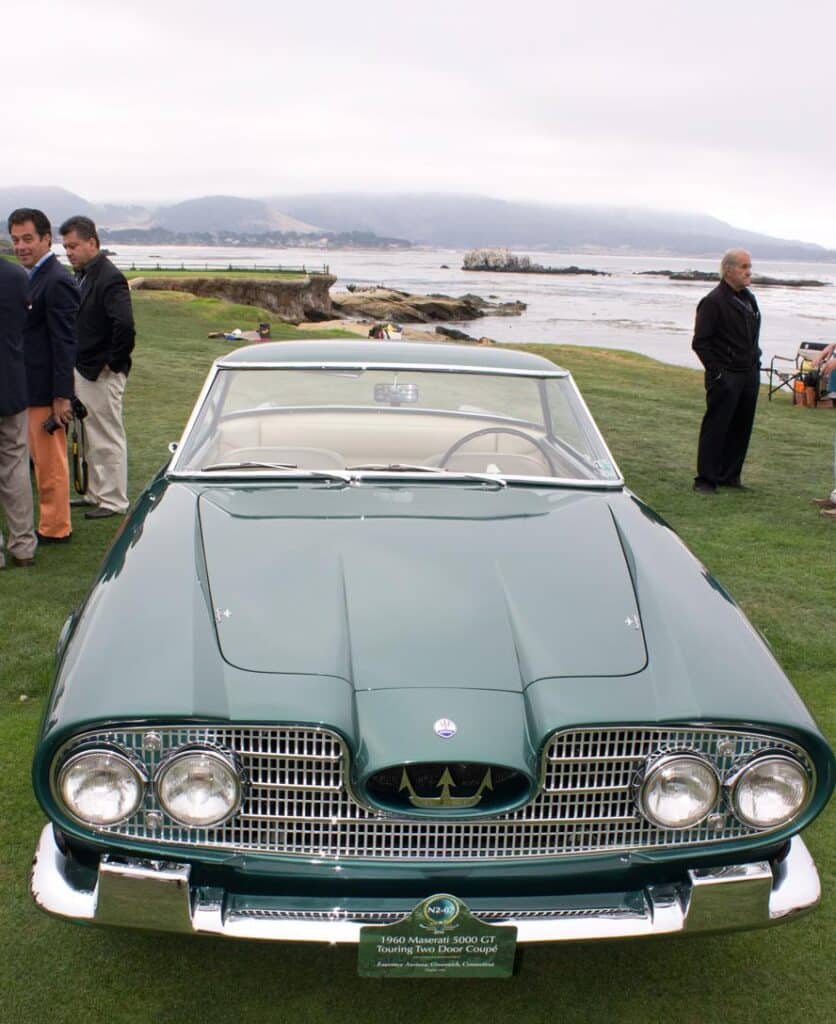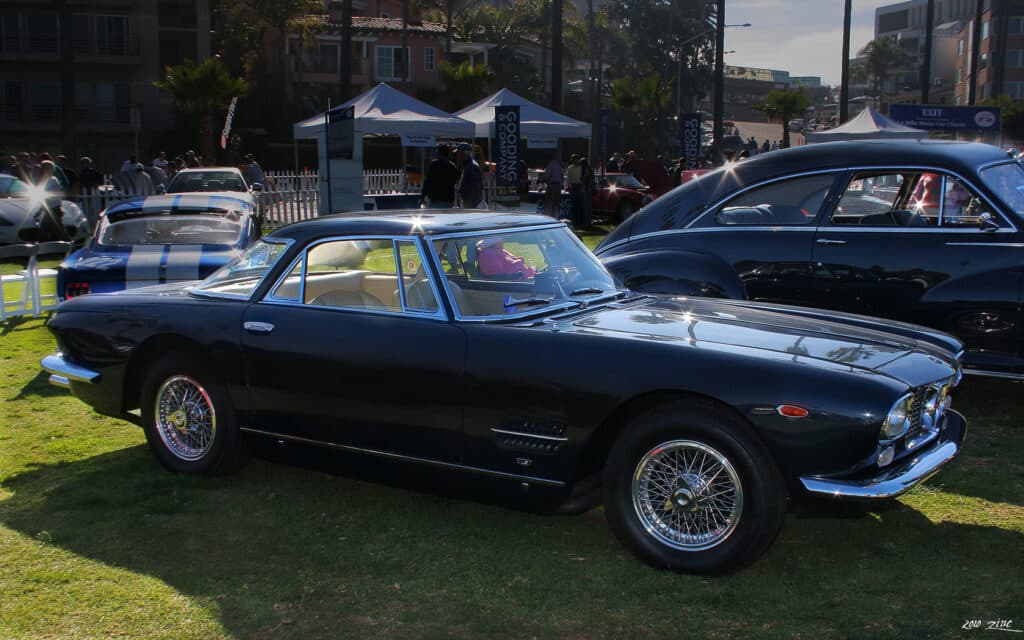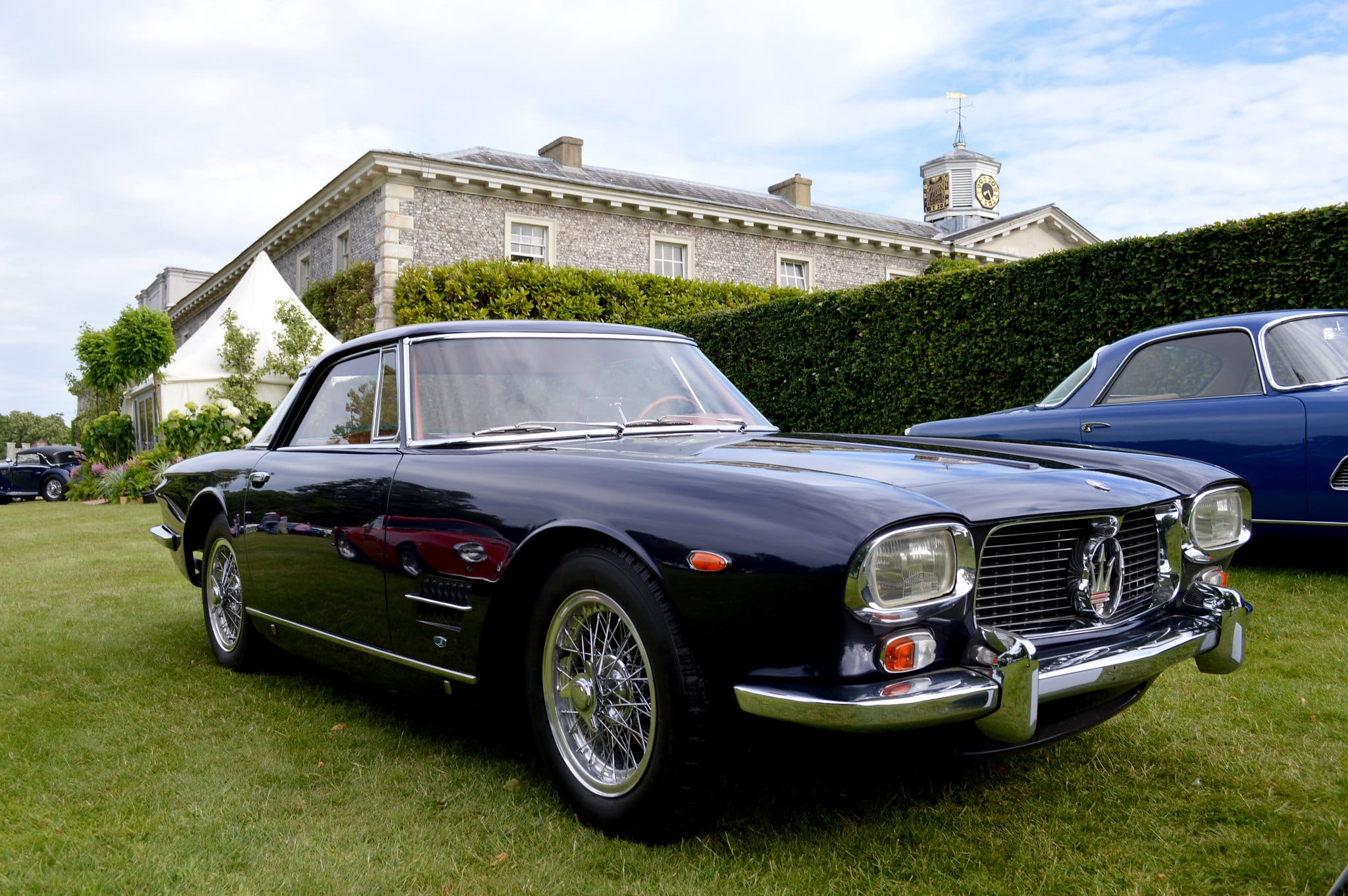Most car makers clearly see what their current and future model lineups should look like. And many of them, or at least those successful ones, do well at sticking to their ideas. But in everchanging market situations, car makers sometimes don’t have the right car for the moment. And when this happens, a new model is quickly introduced to fill the gap.
One example is when BMW came up with an affordable and high-selling Isseta, which helped the company overcome financial difficulties. Or Camaro, Chevy’s hastily developed yet successful answer to Mustang. But in some rare occasions, just one prospective buyer with deep enough pockets is enough for a new model to be developed. And one such situation happened in the late 50s when Maserati introduced their 5000 GT.
The story behind the Maserati 5000 GT
Thanks to their sheer size and production volume, big car makers can set industry standards or at least successfully follow those set by others. As a result, they usually have an abundance of fast-selling models suited for the time and sell well. Small-scale manufacturers, however, don’t have this luxury and often have to look for specific car niches left unexplored by the big players. And to do so, their management has to be creative, resourceful, and, most importantly, think outside the box. And if set right, this lateral thinking can, and sometimes does, produce some spectacular cars.
One story clearly illustrating this took place in the late 50s. At this time, Maserati had a hard time selling their cars. Attempting to turn this desperate situation around, the owner’s son, Omar Orsi, made brochures showcasing their flagship cars – a 3500 grand tourer and 450S. These were then sent to a selection of wealthy individuals, hoping to gain their attention. And this direct and bold approach eventually paid dividends, reeling in various reputable car enthusiasts.
One of them was Mohammad Reza Pahlavi, more commonly known as the Shah of Iran, who eventually came to Italy to test drive Maserati’s cars. He was impressed by the 3500’s ride and handling while also liking the performance of the 450S racer. And by the end of the day, the Shah came up with an idea – why not combine these two cars into one tailor-made model designed exclusively for himself. Turning this into reality, though, wouldn’t be an easy job, nor would it be cheap. But luckily for Maserati, Iran’s ruler offered to cover all the expenses necessary to develop and build its dream car. And the end result was one of the most prestigious and exclusive models made by this Italian manufacturer – the 5000 GT.
How does Maserati 5000 GT look
Predictably, the new Maserati 5000 GT was based on the 3500 model, with whom it shared the basic layout and much of the structure. And this meant the two cars would have many similarities, including overall shape, length, and seating arrangement. Still, many differences between them were present, especially on the outside. Partially, this was done out of necessity due to the extra space needed for the bigger engine and accompanying hardware. But more importantly, there was a range of unique design details aimed at visually distancing the 5000 GT from its smaller cousin.

The 5000 GT would be an exclusive car, meaning it’ll be made in limited numbers. Curiously, the bodies for these cars were built by different manufacturers. In fact, this job was carried out by the eight most prestigious and renowned Italian coachbuilders at the time. And each of them had added various unique details to the cars they’ve built, giving them a unique, tailor-made feel. Most 5000 GTs, a total of 22, were made by Carrozzeria Allemano, which also created the first car for the Shah of Iran. Other coachbuilders that had their attempts include Carrozzeria Monterosa, Ghia, and Pietro Frua, each making only two or three cars. Famous names, such as Pininfarina and Bertone, had their single-model attempts, too.
Maserati 5000 GT’s Superleggera construction
Such a variety of design shapes on a car made with limited production numbers was made possible thanks to the unique way its body was manufactured. Instead of being stamped into shape out of sheet metal, the body panels had a thin-tubing construction. This served as a skeleton, which was then covered by a material called Duralumin. In fact, the engineers who first came up with this idea drew their inspiration from the world of aviation.

This technique, called Superleggera, which is Italian for Superlight, was popular among sports car manufacturers in the 60s. It offered several key advantages over a traditional body-on-frame configuration, which was standard at the time. Being mostly handmade, it was ideal for applications in low-volume production. In addition, body panels made this way were easily modified, making quick design changes possible. But most importantly, this coach-building technology ensured lightness, which was essential in a sports car. So, it’s no surprise that many famous models, including Ferraris, Lamborghinis, and Astons, had a very similar construction.
But despite all the upsides, the Superleggera body wasn’t strong enough to support the drivetrain components or the suspension. This meant a separate chassis was needed for this purpose. Still, being made out of lightweight tubing, this construction was considerably lighter than conventional frames.
What’s under the Maserati 5000 GT’s skin
Unlike the 3500 on which it was based, the Maserati 5000 GT had a big V8 under the hood. Following Shah’s request, this engine was taken straight from the 450S race car. Still, some modifications were made to make it more suitable for a Grand Tourer. This included fitting bigger pistons, 45 DCOE Weber carburetors, and a dual-spark plug ignition. With all this, the engine produced a whopping 325 horsepower, enough for a top speed of 160 miles per hour. A few years later, the old-fashion carbs were replaced with mechanical injection, and the transmission was upgraded to a 5-speed manual. Not only this increased the top speed slightly, but it also improved driveability in everyday conditions.

Besides being fast, the Maserati 5000 GT had to be stable at high speeds and brake firmly when needed. This was achieved by upgrading the independent live axles suspension, a setup carried over from the 3500 model. In addition, the car was equipped with bigger brakes, with later versions having discs all around. Lastly, the car’s backbone, its chassis, was additionally firmed up. This prevented unwanted body flex, which could’ve happened because of all the additional power and stress.
Buying a Maserati 5000 GT – then and how
Being a highly-exclusive, custom-made car, Maserati 5000 GT had sold in limited numbers.
In total, 34 grand tourers were made during its 7-year-long production run. This makes it one of the rarest collectible models. And when it was new, this car had cost twice as much as its 3500 cousin, which wasn’t cheap, either. Besides the rarity and high price, most 5000 GTs were either built or owned at one point by famous individuals and celebrities. Apart from the Shah of Iran, some notable owners include Italian industrialist Gianni Agnelli and the American actor Stewart Granger, just to name a few.
As a result of all these factors, any of the Maserati 5000 GT examples is rarely on sale. And even when they appear at an auction, their prices are, expectably, very high. Nowadays, the Maserati 5000 GT would sell for $500,000 to nearly a million dollars.
Wrapping up the Maserati 5000 GT story
Maserati 5000 GT is a 2-door coupe with a 2+2 seating arrangement, built between 1959 and 1966. Based on a smaller 3500 GT model, this exquisite grand tourer was initially made at the request of the Shah of Iran. Unique features offered with this car included a powerful V8 engine and a highly-luxurious interior, among other things. The Maserati 5000 GT quickly became popular among famous individuals and celebrities. Still, only 34 of these tailor-made cars were ever built, making them a rare sight nowadays.





